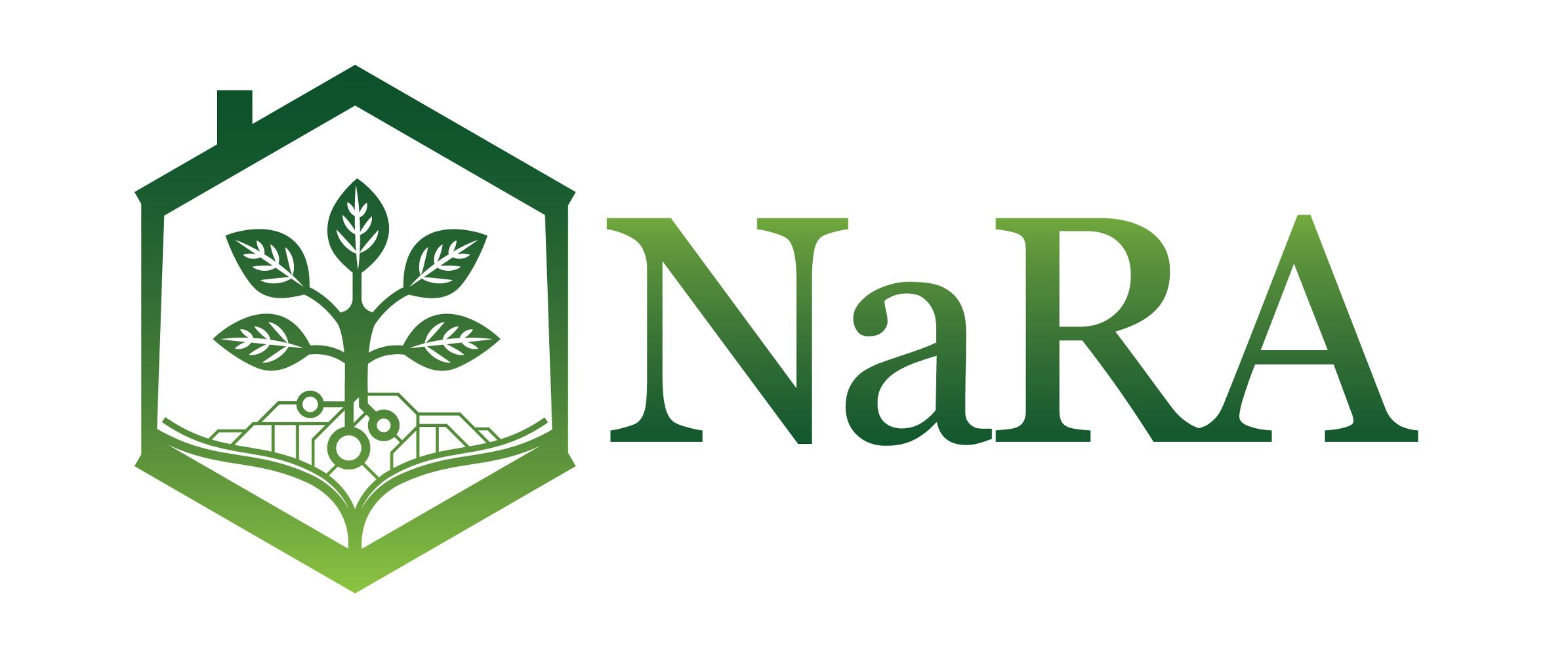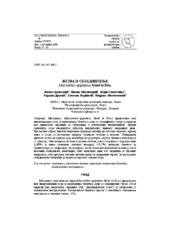Harvesting and Storage of Miscanthus×Giganteus Greef and Deu.
Žetva i skladištenje Miscanthus×giganteus Greef et Deu.
| dc.contributor.author | Dzeletovic, Zeljko | |
| dc.contributor.author | Mihailovic, Nevena | |
| dc.contributor.author | Glamoclija, Djordje | |
| dc.contributor.author | Drazic, Gordana | |
| dc.contributor.author | Djordjevic, Snezana | |
| dc.contributor.author | Milovanovic, Mirjana | |
| dc.date.accessioned | 2015-03-16T17:17:30Z | |
| dc.date.available | 2015-03-16T17:17:30Z | |
| dc.identifier.uri | http://arhiva.nara.ac.rs/handle/123456789/272 | |
| dc.description.abstract | Miscanthus (Miscanthus×giganteus Greef et Deu.) represents a new perennial crop for biomass production, grown and used specifically as energy source (i.e. „bioenergy crop“) for combustion in boiler systems. At the end of September, miscanthus crops form maximal biomass of aboveground parts. With the transition to winter dormancy (since the end of October till the beginning of April) water content in the crop is gradually decreased by stem dessication. With the shifting of harvest time to the interval: end of December – end of March, overall miscanthus biomass is decreased, due to defiliation and falling-off of stem tops, but, because of decreased water content (≤30%) and the content of nitrogen compounds (<0,7%) the obtained biomass is more convenient for combustion. For harvesting and baling of aboveground parts, only few days without precipitation and snow cover are sufficient, which is necessary for the operation of machines. For long-term storage, very loose piling of bales is necessary. | en |
| dc.description.abstract | Мискантус (Miscanthus×giganteus Greef et Deu.) представља нов вишегодишњи усев за производњу биомасе, који се специфично узгаја и користи као енергетска сировина за сагоревање у котловским постројењима. Крајем септембра усев мискантуса образује максималну биомасу надземног дела. Преласком у фазу зимског мировања (од краја октобра до почетка априла) садржај влаге у усеву се постепено смањује сушењем стабала и листова. Померањем времена жетве на период: крај децембра до крај марта, укупна биомаса мискантуса се смањује, због опадања листова и врхова стабала, али услед мањег садржаја воде (≤30%) и мање количине азотних материја (<0,7%) добијена биомаса је квалитетнија за сагоревање. За извођење жетве кошењем надземних делова усева и његовим балирањем, неопходно само неколико дана без падавина и снежног покривача, због кретања жетвене механизације по површини терена. За дуготрајно складиштење потребно је веома растресито слагање бала. | sr |
| dc.subject | mischantus | sr |
| dc.subject | postponed harvest | en |
| dc.subject | harvested biomass quality | en |
| dc.subject | miscanthus storage | en |
| dc.subject | miskantus | sr |
| dc.subject | odložena žetva | sr |
| dc.subject | kvalitet požnjevene biomase | sr |
| dc.subject | skladištenje miskantusa | sr |
| dc.title | Harvesting and Storage of Miscanthus×Giganteus Greef and Deu. | en |
| dc.title.alternative | Žetva i skladištenje Miscanthus×giganteus Greef et Deu. | sr |
Files in this item
This item appears in the following Collection(s)
-
Issue 2009-3.
www.jageng.agrif.bg.ac.rs/files/casopis/PT_03-2009.pdf



